Importance of Flooring Safety in Educational Institutions
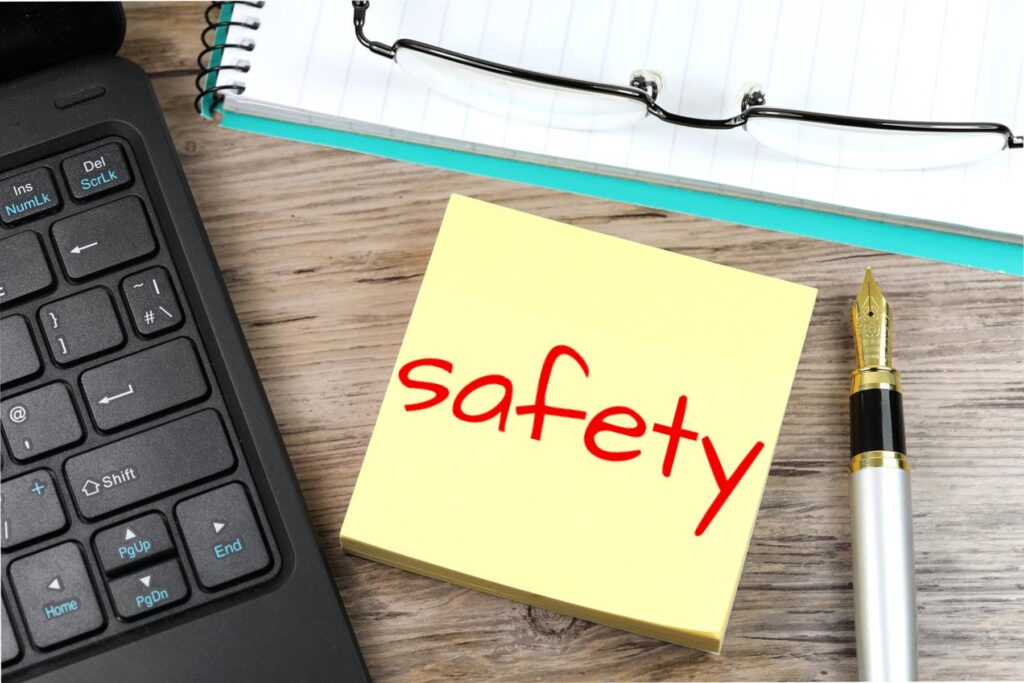
Ensuring that flooring in educational institutions adheres to safety standards is paramount for creating a secure environment for students, staff, and visitors. Slip and fall incidents are a significant concern in schools and universities. Implementing appropriate flooring solutions can mitigate these risks and promote a safer learning environment. Proper flooring not only enhances safety but also contributes to the overall functionality and aesthetics of educational facilities.
Key Factors in Selecting Safe Flooring
When choosing flooring for educational settings, consider the following factors:
Slip Resistance
Slip resistance is crucial in preventing accidents, especially in areas prone to moisture, such as cafeterias and restrooms. The Pendulum Test is a widely recognized method for measuring a floor’s slip resistance. A Pendulum Test Value (PTV) of 36 or higher is typically considered safe for level surfaces.
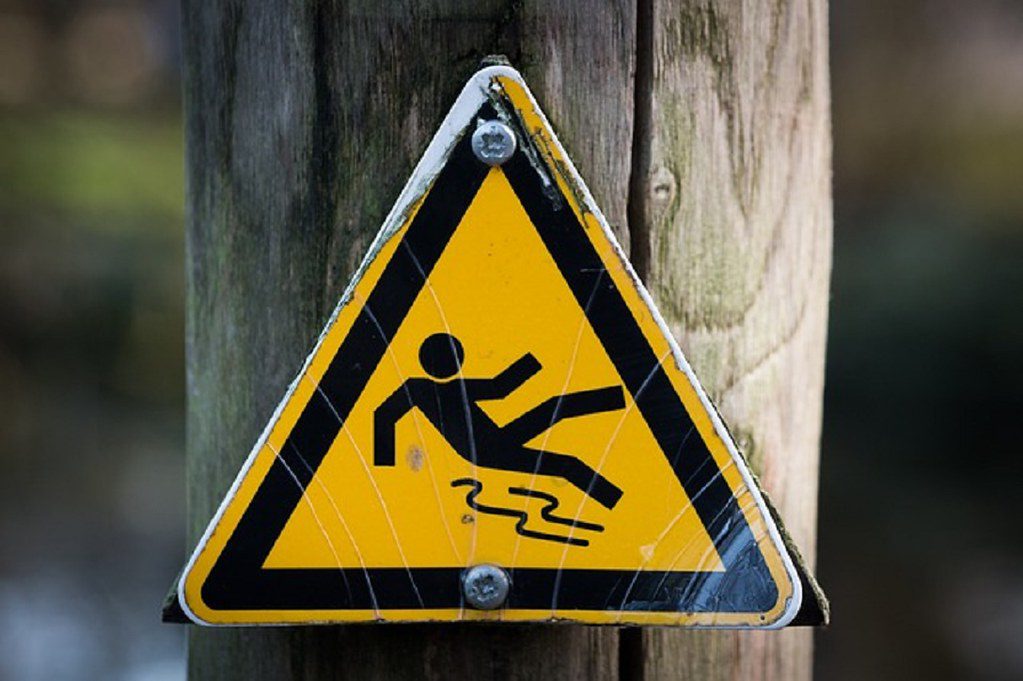
Shock Absorption
In areas like gymnasiums, flooring should provide adequate shock absorption to reduce the impact on joints during physical activities. Sprung floors, for example, are designed to absorb shock and enhance performance, thereby reducing injury risks.
Durability and Maintenance
Durable flooring materials that can withstand heavy foot traffic and are easy to maintain are essential in educational settings. Materials like rubber and certain types of vinyl offer resilience and require minimal upkeep.
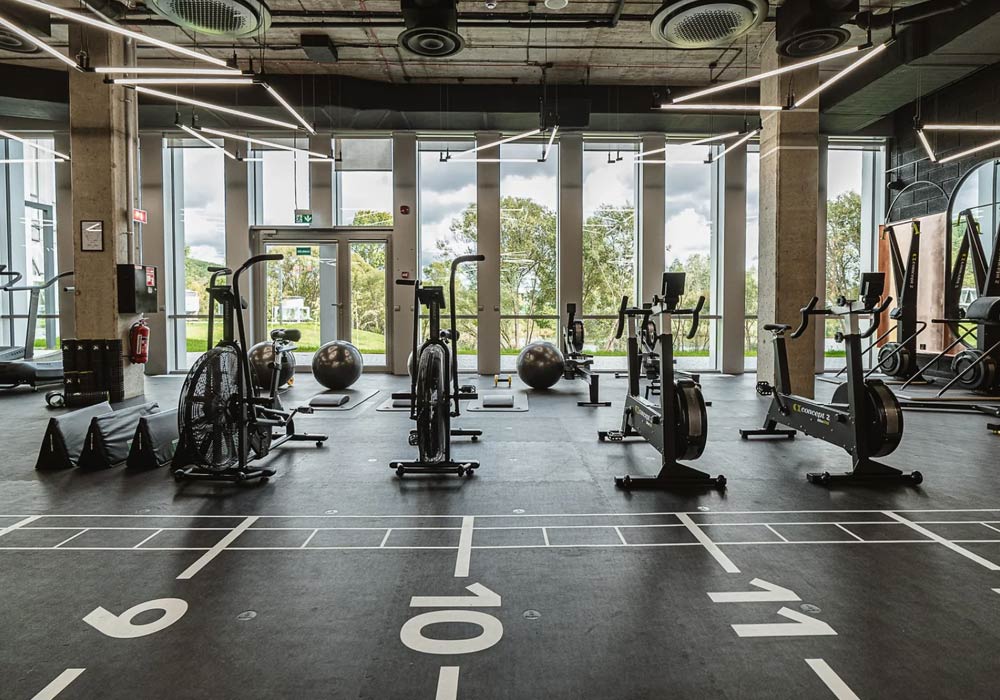
Standards and Testing Methods
Adherence to established standards and testing methods ensures that flooring meets safety requirements.
Sustainable Slip Resistance (SSR)
The concept of Sustainable Slip Resistance (SSR) emphasizes that flooring should maintain its slip-resistant properties over time, even with wear and tear. The SSR test involves subjecting flooring samples to abrasion and then measuring their slip resistance using methods like the Pendulum Test. This approach helps predict how flooring will perform in real-world conditions over its lifespan.
Variable-Angle Ramp Test
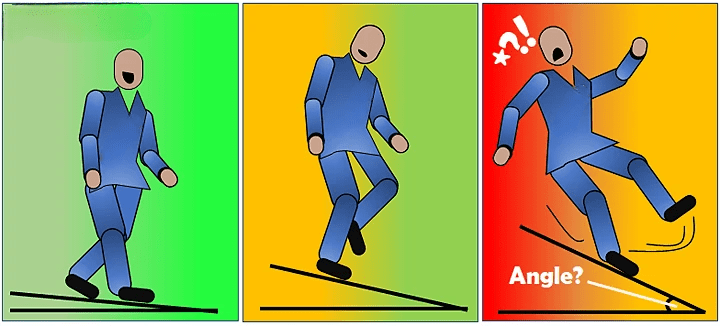
The Variable-Angle Ramp Test is another method used to assess the slip resistance of flooring materials. In this test, an operator walks on a flooring sample mounted on a ramp that is gradually inclined until slipping occurs. The angle at which the slip happens is recorded, providing a measure of the flooring’s slip resistance.
ASTM F2772 Standard
The ASTM F2772 standard evaluates sports flooring based on factors such as force reduction, surface finish effect (friction), ball rebound, and vertical deformation. This standard helps in selecting flooring systems that are safe and suitable for sports and recreational activities. Learn More…
Creative Sports Solutions: Your Partner in Safe Flooring
At Creative Sports Solutions, we specialize in designing and installing flooring solutions that meet the highest safety standards. With over seven decades of experience, we understand the unique needs of educational institutions.
Our Expertise
- Comprehensive Services: From wooden and synthetic gym floors to indoor and outdoor scoreboards, we offer a full range of products to enhance your sports facilities.
- Quality Partnerships: We collaborate with leading brands like Connor Sports Flooring and Gerflor Commercial Flooring to provide top-quality materials.
Customized Solutions
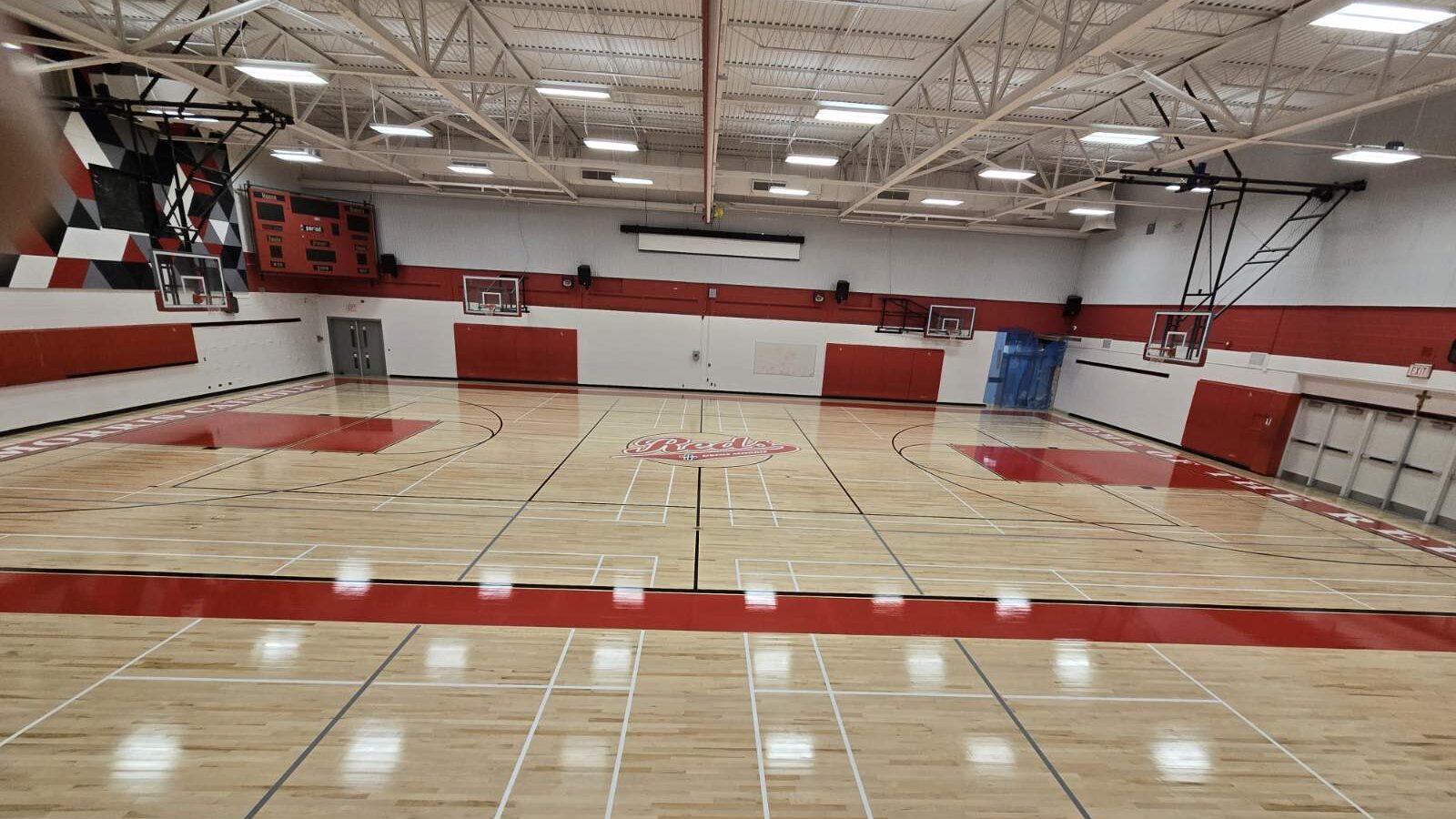
We recognize that each educational institution has unique requirements. Our team works closely with you to design flooring solutions that not only meet safety standards but also align with your facility’s aesthetics and functionality.
Conclusion
By prioritizing flooring safety and partnering with experts like Creative Sports Solutions, educational institutions can create environments that are both safe and conducive to learning. Investing in quality flooring is an investment in the well-being and success of your students and staff.
